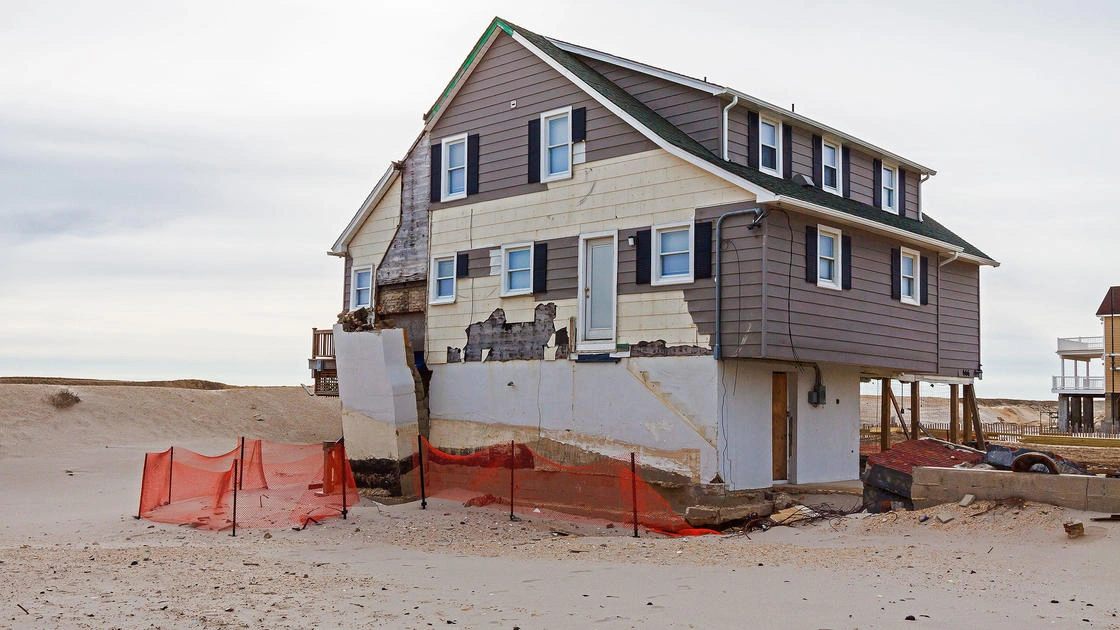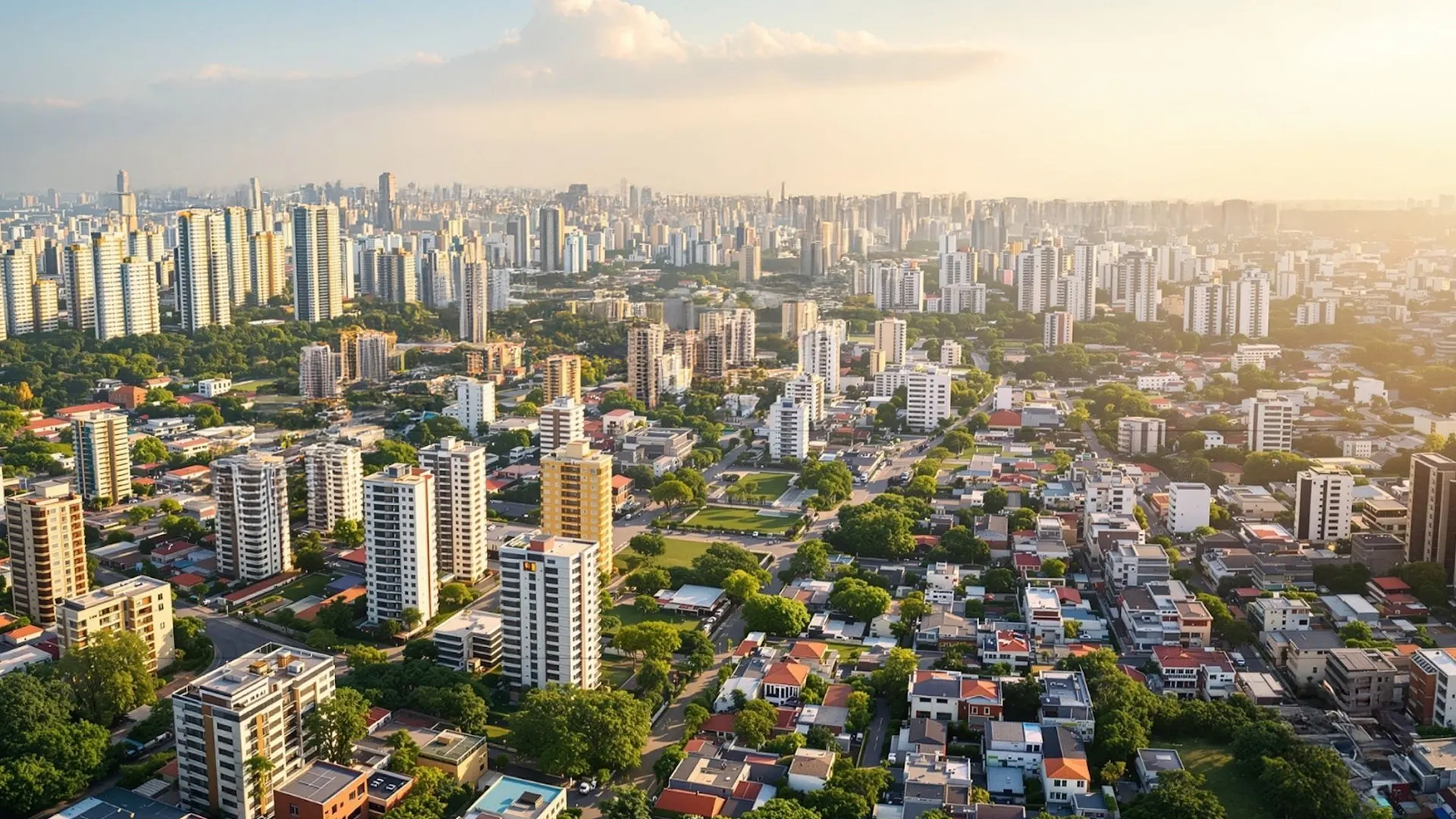Table of Content
- 1. Essential Survival Kit for 48 Hours Without Basic Services
- 2. Managing Gas Usage for Your Emergency Generator
- 3. Preparing Insurance Documents
- 4. Planning an Escape in Case of Emergencies
- 5. Learning Defense Techniques for Emergency Situations
- 6. Home Preparation for Different Types of Natural Disasters
- Conclusion
Preparing your home for a natural disaster is essential for keeping your family safe and minimizing potential damage. With natural disasters becoming increasingly frequent, taking proactive steps to protect your home can make a significant difference. This guide provides practical tips and strategies to help you secure your home against floods, earthquakes, storms, and other emergencies. From assembling a basic survival kit to planning an escape route, we’ll cover everything you need to know to ensure you’re ready for any situation.
1. Essential Survival Kit for 48 Hours Without Basic Services
Prepare a survival kit with essential items to sustain you for at least 48 hours in the event of power outages or other service disruptions. Here’s what to include:
Shelter and Comfort:
- Blankets: Keep warm and comfortable.
- Tarp: Useful for temporary shelter or covering items.
- Sleeping Bags: Provide warmth and comfort.
- Pillows: Enhance rest and comfort.
- Whistles: Signal for help if needed.
Food and Water:
- Three-Day Water Supply: At least one gallon per person per day.
- Two Days’ Worth of Food: Non-perishable items like canned goods, energy bars, and dried fruit.
- Can Opener: Essential for opening canned food.
- Utensils: Include plates, cups, and cutlery.
- Cooking Stove or Grill (if possible): For preparing meals.
Hygiene and First Aid:
- First Aid Kit: Bandages, antiseptic wipes, and pain relievers.
- Toilet Paper: For hygiene needs.
- Hand Sanitizer: For cleaning hands.
- Soap and Water: For personal hygiene.
- Garbage Bags: For waste disposal.
- Plastic Bags: For storing items.
Other Essentials:
- Flashlights and Batteries: For lighting and power.
- Battery-Powered Radio: Stay updated with news and alerts.
- Emergency Contact List: Important phone numbers.
- Cash and Coins: For purchases and emergencies.
- Important Documents: Copies of ID, insurance, and medical records stored in a waterproof container.
- Pet Supplies: Food, water, and medications for pets.
Also Read: Trending Home Colour Design Combination Ideas
2. Managing Gas Usage for Your Emergency Generator
Understanding your generator’s fuel consumption helps in efficient preparation. For instance, if your 5,500-watt generator uses five gallons of gasoline for about eight hours, its consumption rate is approximately 0.625 gallons per hour. Calculate your fuel needs based on:
- Estimated Power Outage Duration: How long you expect the outage to last.
- Daily Generator Usage: Number of hours per day you’ll need the generator.
Multiply the total hours by the generator’s fuel usage rate to determine how much fuel you need. Store fuel in large, safe containers away from flames and in a cool, dry place.
3. Preparing Insurance Documents
Having your insurance papers ready can expedite claims and provide quick assistance. Include the following documents in your emergency kit:
- Home Insurance Policy: Details of coverage and terms.
- Proof of Ownership: Deeds or titles to your property.
- Inventory of Possessions: List of belongings and their value.
- Receipts and Documentation: For valuable items like electronics or jewelry.
- Contact Information: For your insurance company and emergency services.
4. Planning an Escape in Case of Emergencies
To ensure safety during a disaster, plan your escape routes and safety spots:
Choosing Safe Spots:
- Designate Safe Areas: Choose locations near your home that offer shelter and protection, with necessary amenities and proximity to emergency services.
- Identify Alternatives: Have a backup location, such as a friend’s home or a local shelter, if the primary spot is unavailable.
Setting Up an Out-of-Town Contact:
- Trusted Contact: Select a reliable person outside your area as your emergency contact. Share your safety locations and contact details with them.

Keeping Emergency Numbers Ready:
- Emergency Services: Local police, fire, ambulance.
- Disaster Relief Agencies: National and local.
- Insurance Company: Contact details.
- Poison Control Center: For emergencies.
- Healthcare Providers: Doctors and hospitals.
- Utilities: Electricity, gas, water.
- Transportation Authorities: For travel updates.
Also Read: How to Achieve the Perfect Guest Bedroom Design
Keep copies of this list in your wallet, car, and home.
5. Learning Defense Techniques for Emergency Situations
First Aid and CPR:
- Basic First Aid: Treat cuts, burns, sprains, and fractures. Learn CPR to help someone who isn’t breathing. Obtain certification from a reputable organization.
Self-Defense:
- Awareness: Stay alert and avoid dangerous areas during a disaster.
- Self-Defense Techniques: Learn basic techniques to protect yourself and deter potential threats.
Survival Skills:
- Temporary Shelters: Build shelters with available materials.
- Water Purification: Ensure water is safe to drink.
- Starting a Fire: For warmth, light, and cooking.
- Basic Navigation: Find your way in unfamiliar areas.
Disaster Preparedness:
- Emergency Kit: Essentials like food, water, first aid supplies, flashlight, and radio.
- Evacuation Plan: Routes and meeting points.
- Communication Plan: Stay in touch with family and friends.
6. Home Preparation for Different Types of Natural Disasters
Earthquake:
- Secure Furniture: Anchor heavy items to walls.
- Strengthen Structure: Ensure your home’s foundation and walls are stable.
- Emergency Kit: Include a first aid kit, flashlight, batteries, and a battery-powered radio.
Hurricane:
- Protect Windows and Doors: Install storm shutters or plywood boards.
- Tree Maintenance: Trim weak or dead branches.
- Emergency Kit: Essentials like food, water, a first aid kit, and a battery-powered radio.
Flood:
- Elevate Valuables: Store documents and valuables on higher floors.
- Sump Pump: Install to remove excess water from the basement.
- Emergency Kit: Include a first aid kit, flashlight, batteries, and a battery-powered radio.
Tornado:
- Secure Outdoor Items: Bring in or secure objects that could become dangerous projectiles.
- Safe Room: Identify a basement or interior room without windows.
- Emergency Kit: Essentials like a first aid kit, flashlight, batteries, and a battery-powered radio.
Wildfire:
- Clear Debris: Remove flammable materials from around your home.
- Defensible Space: Create a firebreak around your property.
- Emergency Kit: Include a first aid kit, flashlight, batteries, and a battery-powered radio.
Conclusion
Preparing your home for a natural disaster is crucial for ensuring the safety of your family and minimizing potential damage. By assembling a comprehensive survival kit, understanding how to manage your generator’s fuel, and organizing essential documents, you can enhance your readiness. Planning escape routes, learning first aid and self-defense, and tailoring your home’s preparation to specific disaster types will further strengthen your preparedness. Taking these proactive steps will help you navigate emergencies with greater confidence and resilience, ultimately protecting your home and loved ones from the unexpected.
Also Read: Ganpati Decoration Ideas: Elevate Your Festive Decor with Floral Elegance











_1768555354.webp)
Ans 1. A basic survival kit should include essentials such as flashlights, batteries, blankets, a tarp, sleeping bags, pillows, a three-day water supply, two days’ worth of non-perishable food, a can opener, cooking utensils, a first aid kit, toilet paper, hand sanitizer, soap, garbage bags, plastic bags, and a battery-powered radio. Also, don’t forget important documents, cash, and pet supplies.
Ans 2. A generator’s fuel consumption varies by size and model. For instance, a 5,500-watt generator might use about five gallons of gasoline for eight hours of operation, which translates to approximately 0.625 gallons per hour. To manage fuel efficiently, estimate the outage duration and required hours of use, then calculate the total fuel needed. Store fuel safely in large, proper containers away from flames.
Ans 3. Essential insurance documents to prepare include your home insurance policy, proof of ownership (such as property deeds or titles), an inventory of possessions, receipts for valuable items, and contact information for your insurance company and emergency services. Store these documents in a waterproof container.
Ans 4. Choose a safe location near your home that provides shelter and is close to emergency services. Have an alternative location, such as a friend’s or family member’s home or a local shelter. Designate a trusted person outside your area as your emergency contact, and keep a list of important emergency numbers accessible in your wallet, car, and home.
Ans 5. Basic skills include first aid for treating injuries, CPR, and self-defense techniques to protect yourself. Learn how to build temporary shelters, purify water, start a fire, and navigate in unfamiliar areas. These skills will help you handle emergencies effectively.